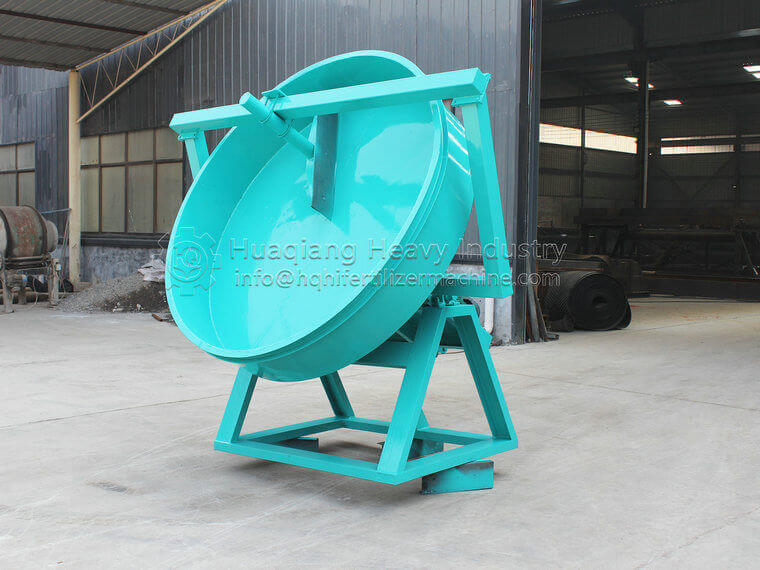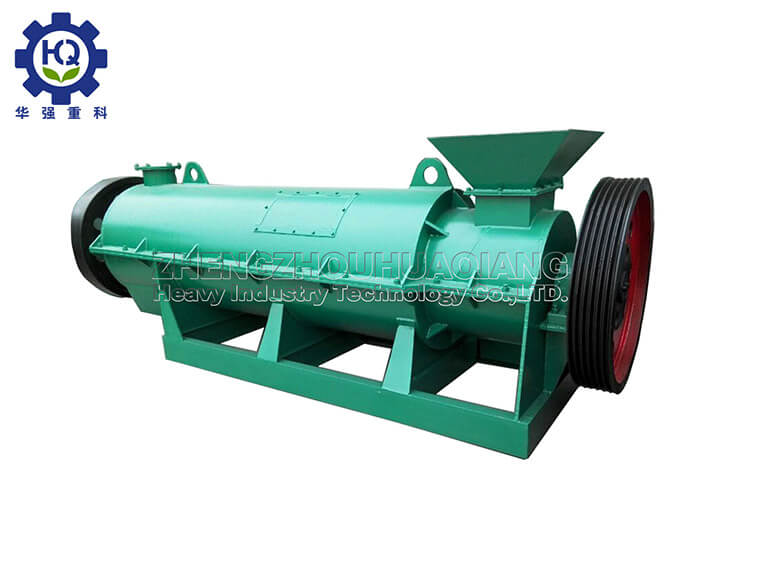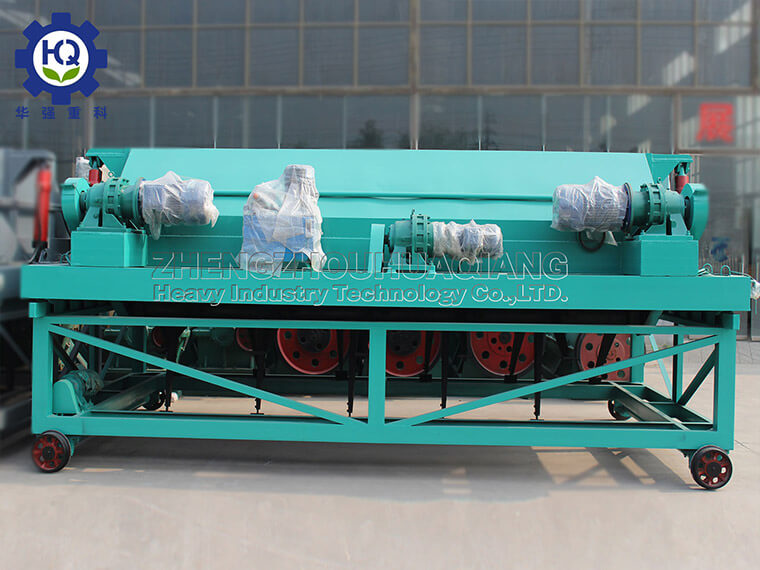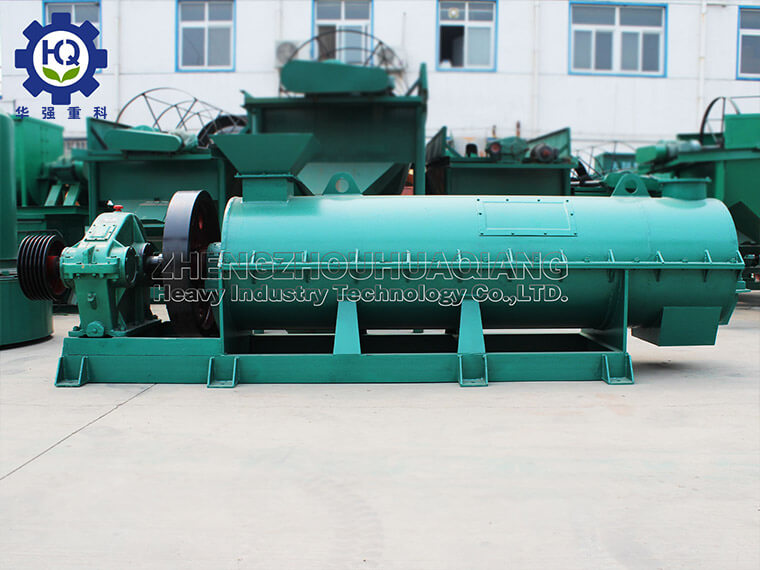With the continuous development of technology, the chicken manure organic fertilizer process gradually entered our lives, it is an indispensable processing equipment in the breeding industry.
Why the chicken manure organic fertilizer manufacturing process is so important in our lives?
The organic fertilizer production line is a streamlined production operation mainly composed of a new organic fertilizer granulator. Each of them is very important. Especially in the production process, the idler determines whether the production is running efficiently. There is a traditional use of the organic fertilizer equipment production line. The characteristics add luster to people, and it is widely understood what kind of performance they have.
1) First of all, the raw materials such as animal manure are fermented and rotten. The whole fermentation process can kill harmful bacteria inside, and killing the bacteria is also an important step in the entire organic fertilizer production process.
2) Secondly, use the semi-wet material crusher of organic fertilizer crushing equipment to decompose the raw materials.
3) Matching raw materials is one of the most important processes in organic fertilizer production. Its main purpose is to add an appropriate amount of auxiliary materials according to the formula ratio to improve the quality of fertilizers.
4) After the material is uniformly mixed, mechanical granulation is required, which is also a crucial aspect of the entire production process.
5) The raw material obtains high-temperature energy after the drying step. The next step requires low-temperature cooling. Since water cannot be used for cooling, it needs to pass through the cooler equipment to separate the contact between the material and the water.
6) Sieving is to sieve out unqualified granule fertilizer. The screening equipment here has the advantages of high efficiency and easy operation.
7) The blended raw materials are used to produce granules, which are especially suitable for materials with high viscosity.
8) The material of the mixing vessel must be able to meet the standards required for production, such as pressure resistance, temperature resistance, resistance to catalyst erosion, and keep the product clean. Due to the different materials of the utensils, the production process and structure of the mixing utensils will also be different, so it can be divided into steel mixing equipment, enamel glass mixing equipment and lining mixing equipment.

Knowledge of chicken manure organic fertilizer production line.
The organic manure produced by the processing equipment of the chicken manure organic, fertilizer production line is divided into powder and granules in appearance. The various fertilizer sources in the market are mostly in these two shapes. When the farm is supporting the complete organic fertilizer production line. It is necessary to choose the corresponding production equipment according to the actual requirements of the finished materials.
The processing of powdered organic fertilizer production line only needs to use stacker, conveyor, semi-wet material grinder, horizontal mixer, packaging machine to meet the processing production, if the requirement is the production of granular organic fertilizer Add supporting granulation equipment, and we use disc granulator equipment for general chicken manure production and processing organic fertilizer, and then add drying equipment as appropriate according to customer output.
In addition to the treatment of chicken manure organic fertilizer production line supporting equipment, in addition to the treatment of turning waste into treasure, the particularity of the raw materials used in its production and processing also solves various environmental problems in chicken farms and the impact of pests and infectious diseases, because the farm Breeding manure is the main cause of air pollution, and a variety of flies will be parasitic in the breeding manure to cause infectious diseases.
Harm to all kinds of farmed animals in the breeding industry, and timely processing of these farming manures into organic fertilizers with many positive significance for agricultural production has fundamentally solved the problems of pollution, pests and diseases and infectious diseases in farms.
The current farms in the market are dominated by chickens, which account for more than 40% of the farmers, but the chicken farms will bring us eggs and meat, and will also produce a lot of farms that pollute the environment. stool.
.jpg)








